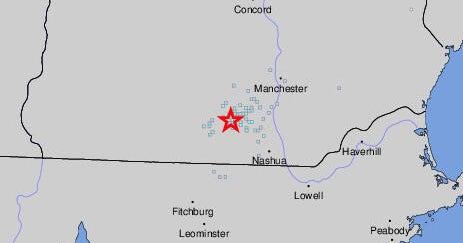5 Biggest Observatories In The World
 Photo Credit: ARIEL MARINKOVIC/AFP/Getty Images
Photo Credit: ARIEL MARINKOVIC/AFP/Getty ImagesAtacama Large Millimeter/Submillimeter Array
The Atacama Large Millimeter/Submillimeter Array is also known as ALMA. This observatory is set at an altitude of 5,000 meters above sea level on the Chajnantor Plateau in Chile. It took the collaboration between seven different entities, including the ESO, the National Science Foundation in the United States and other groups from countries such as Taiwan and Japan. This collaboration made it possible to create this revolutionary instrument to help with the advancement of global scientific endeavors.
ALMA is constructed with 66 high-precision antennas that all work together at millimeter and submillimeter wavelengths. Because of the high resolution and sensitivity of these antennas, ALMA has helped open up new windows into the universe, making it possible for scientists to see further out. Scientists from around the world work together at this facility researching and discovering new things out on the depths of the universe.
Often mistaken as a roller coaster, the Arecibo Observatory is part of the National Astronomy and lonosphere Center in Puerto Rico. This facility operates around the clock all year long studying our solar system. Since it opened its eyes, Arecibo has gathered multitudes of data about the moon, Mercury, Venus, Saturn and many other celestial bodies in our solar system and beyond.
This observatory is a 305 meters in diameter dish that was constructed in 1963. Since it debuted, it has provided scientists with valuable data helping the advancement of the scientific community of the world. Research projects conducted through the Arecibo include those in the areas of astronomy, planetary studies and space and atmospheric scientists. This state-of-the-art instrument offers a way for scientist to collect and analyze data through the high sensitivity and millisecond pulsar discovery rate.
When completed, the European Extremely Large Telescope (E-ELT) will be the largest eye on the sky. It is expected to measure 130 feet wide and will be about half as long as a soccer field. Construction for this observatory began in 2014 and is expected to have its "first light" in 2024. The E-ELT telescope will sit on the Cerro Armazones in the Chilean Atacama Desert.
This telescope will allow for scientists to conduct in-depth and detailed studies of subjects such as planets and other stars. It is also the hope of the scientific community that it will be possible to see the first objects in the universe and super-massive black holes. There is even a chance that scientists can study and discover how nature and the distribution of dark matter and dark energy fit within the universe.
 Photo Credit: Gary Williams/Getty Images
Photo Credit: Gary Williams/Getty ImagesGiant Magellan Telescope
The Giant Magellan Telescope is expected to be fully operational by 2024, with its first light in 2022. This giant observatory will be located at the base of the Andes Mountain Range in the Atacama Desert in Chile. Scientists will be using the Giant Magellan Telescope to explore the cosmos with more clarity and sensitivity than the observatories that are operating today. Images produced by the telescope will be 10 times sharper than those taken by the Hubble Space Telescope.
This dome will stand 22 stories high and the primary mirror will be close to 85 feet wide with seven separate segments. The telescope will be a part of the Carnegie Institution for Science's Las Campanas Observatory. This location was chosen mostly because this region of the world is best known for dark skies, clean air and low levels of light pollution. It is one of the highest and driest locations on Earth making this location an ideal spot to place a telescope.
The Gran Telescopio Canarias (GTC) is a 34-foot tall telescope found on Spain's Canary Island and is part of the Roque de los Muchachos Obervatory on the island of La Palma. This telescope started its first observations in 2009 and for many years, it was the largest telescope of its kind. This telescope is a part of the Spanish initiative that is led by the Instituto de Astrofisica de Canarias. It is also actively supported by the local government of the islands and by the Spanish government.
The main focus of study of the GTC is to observe the skies and allow the study to finding answers to key questions in astrophysics. Studies at the observatory include research into the nature of black holes, the formation and history of stars and galaxies and the discovery of distant planets.







